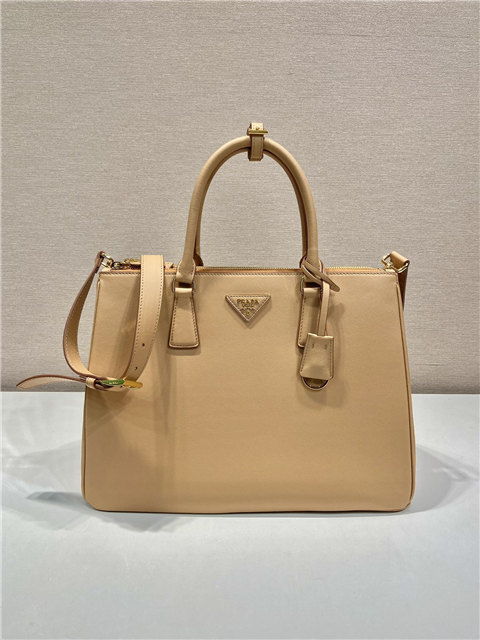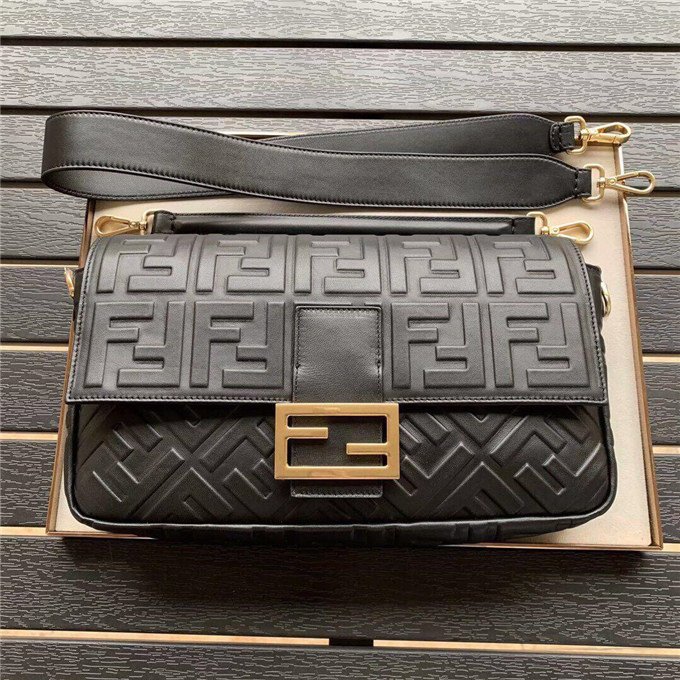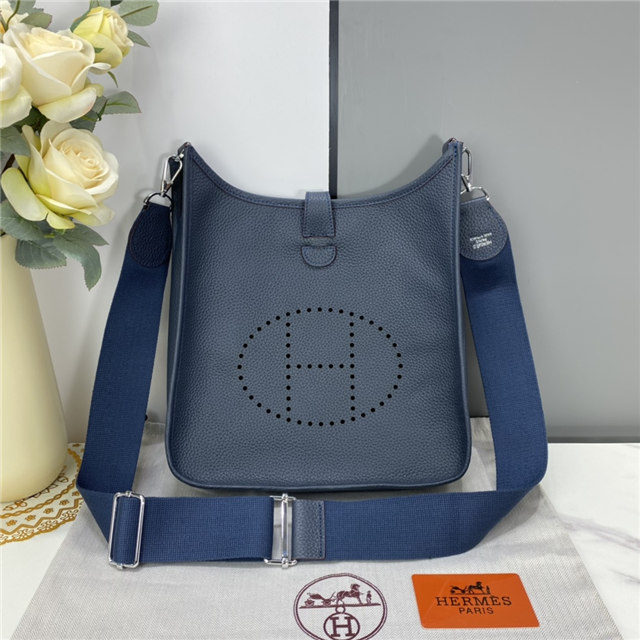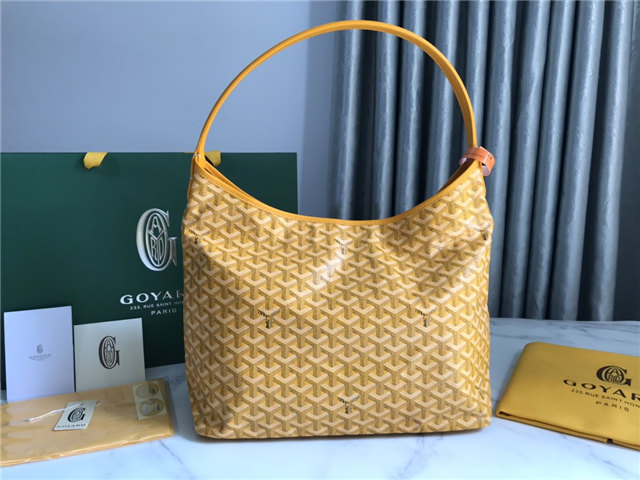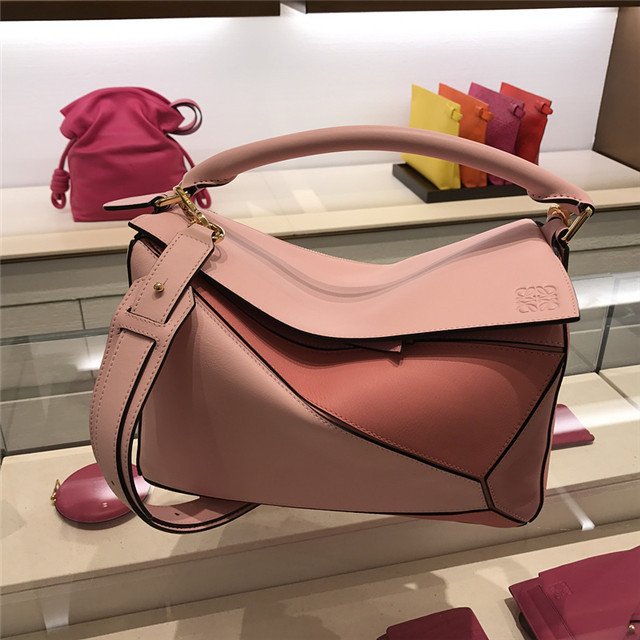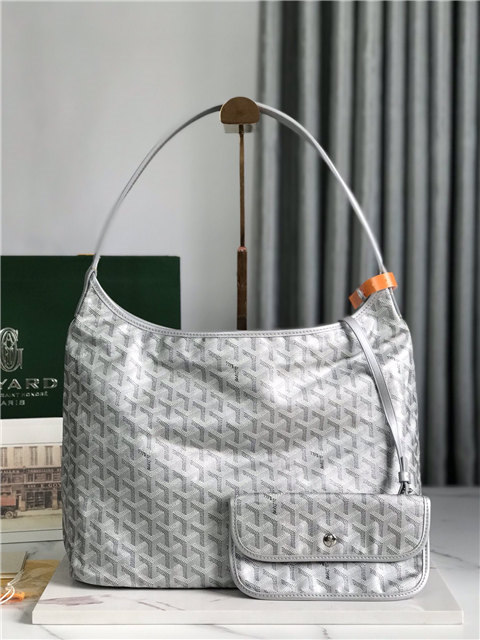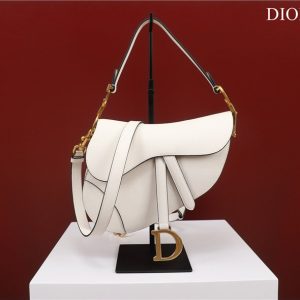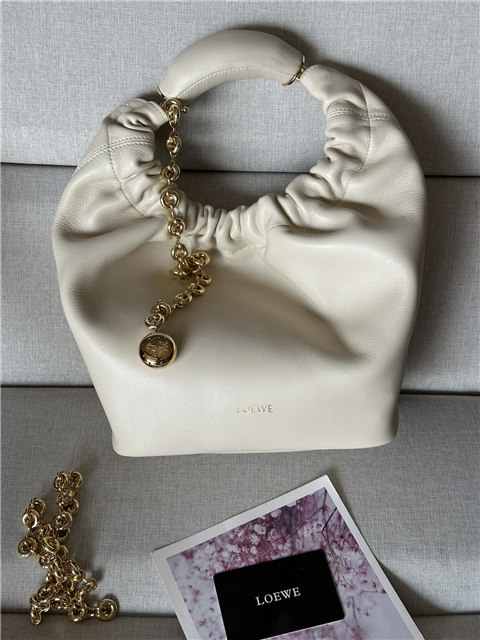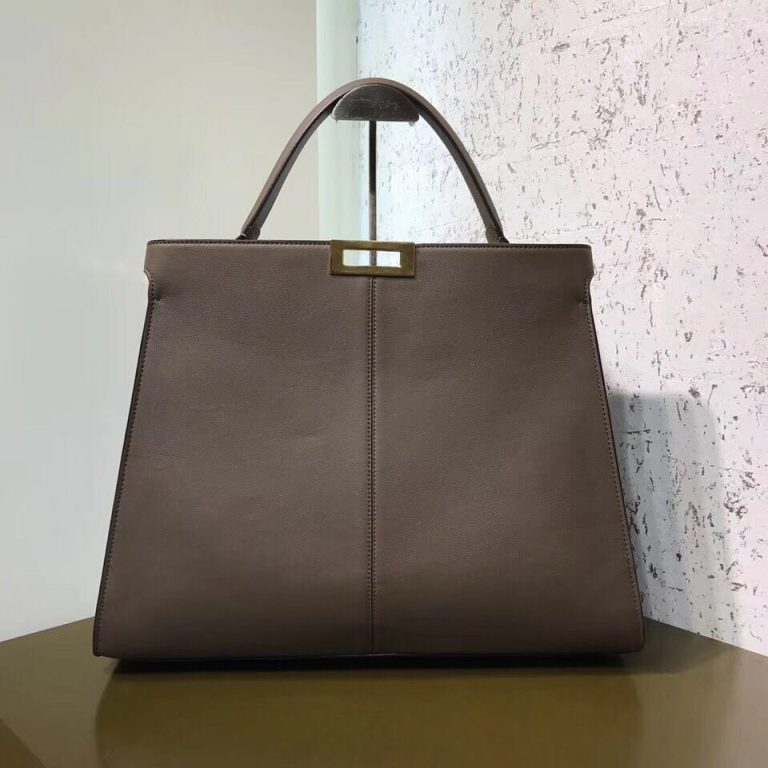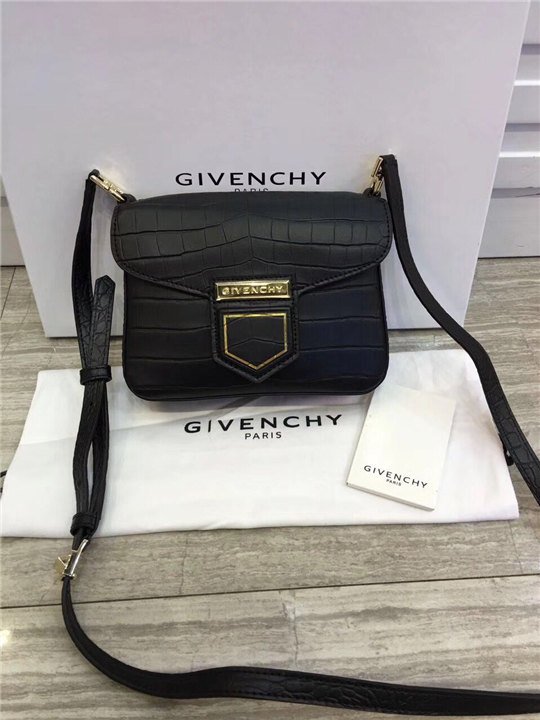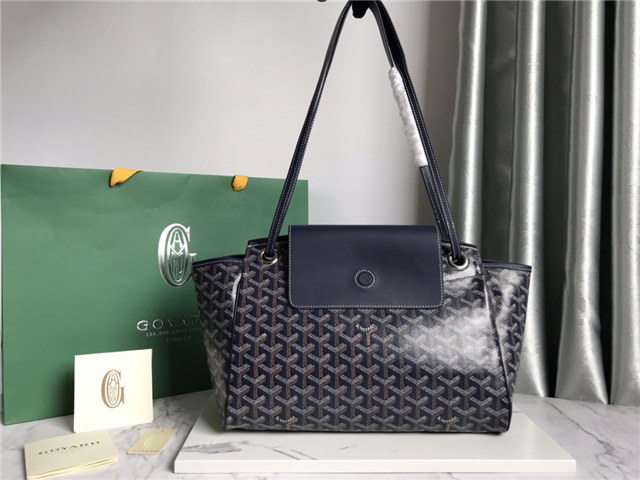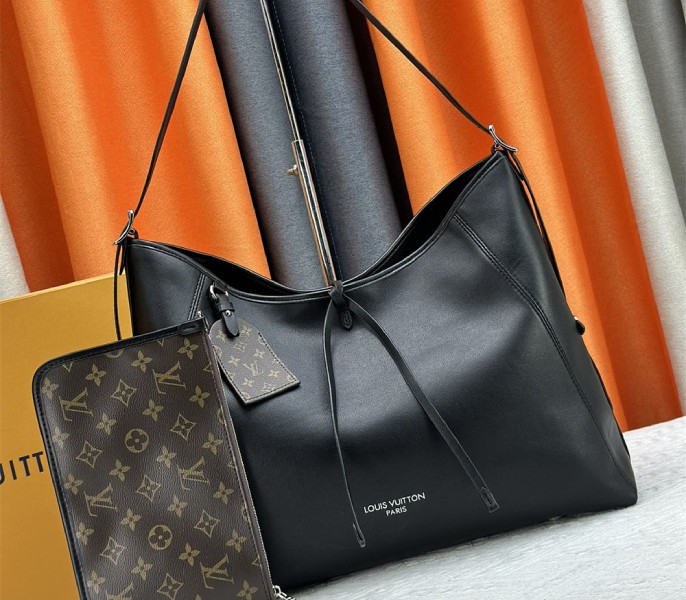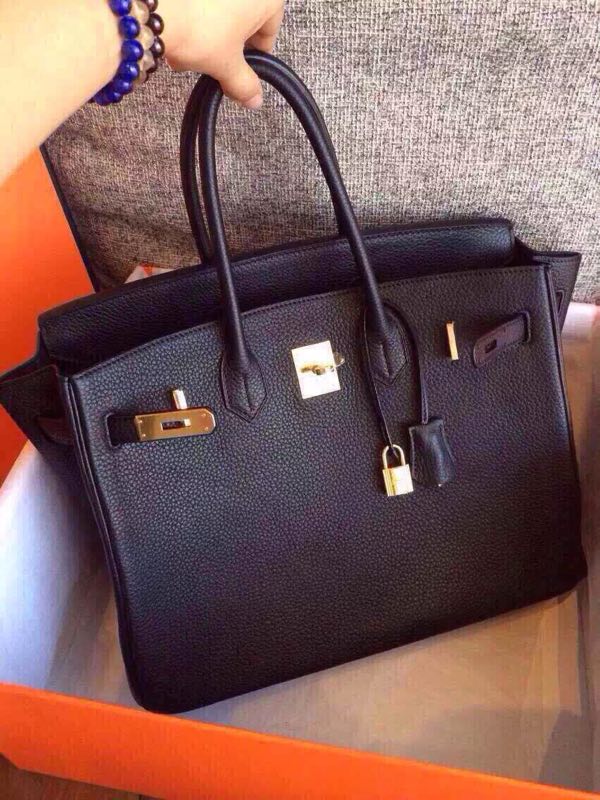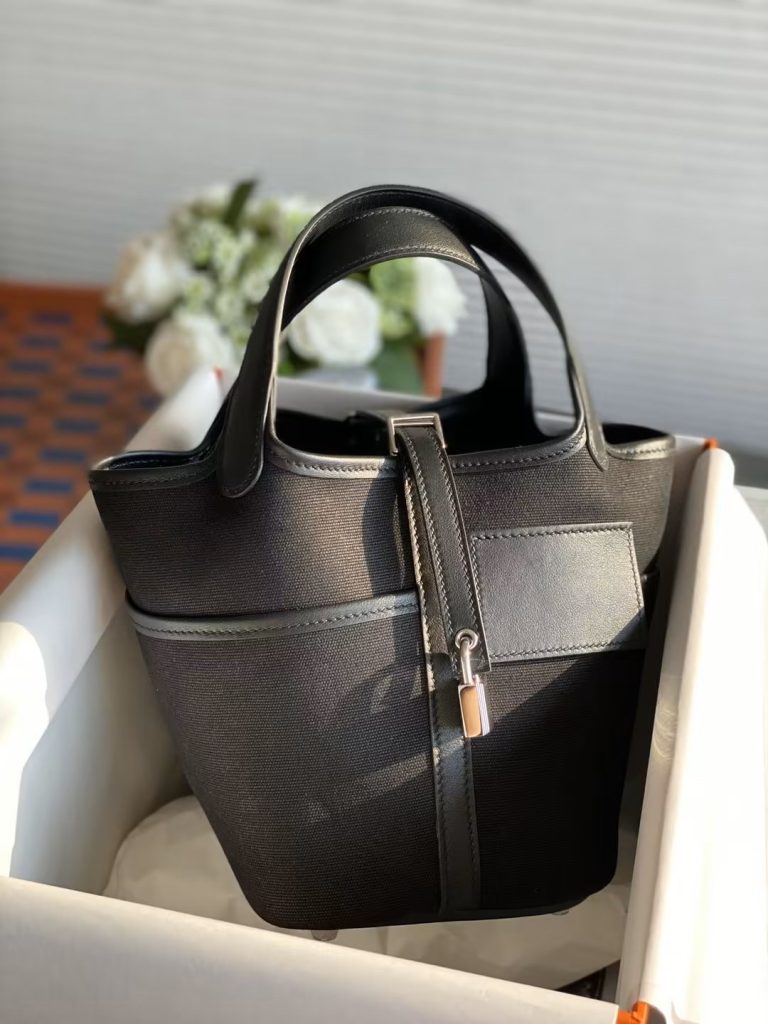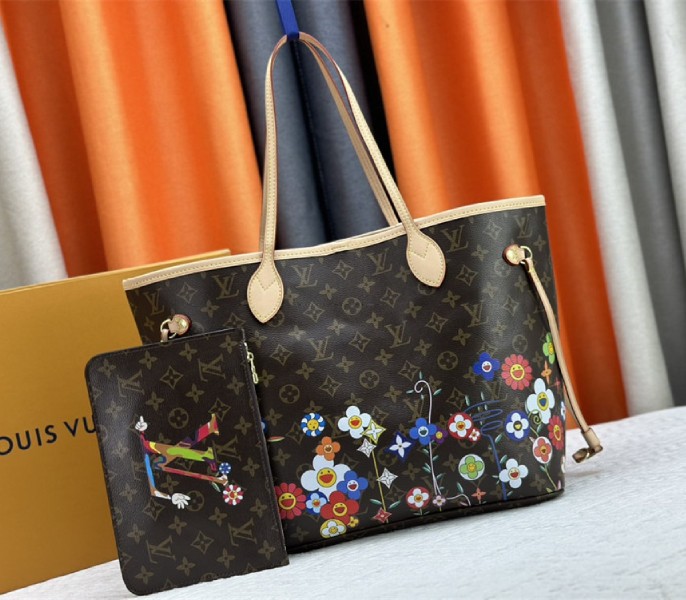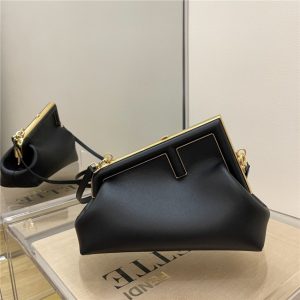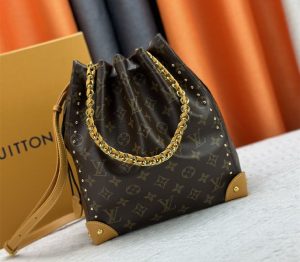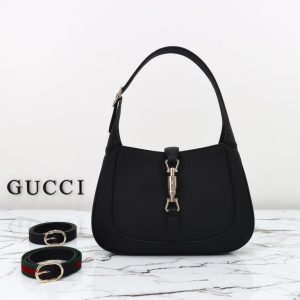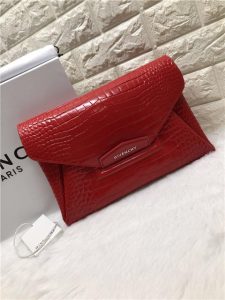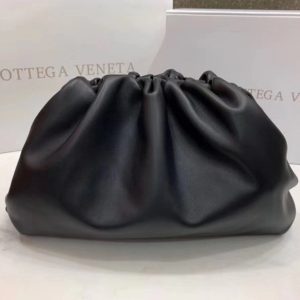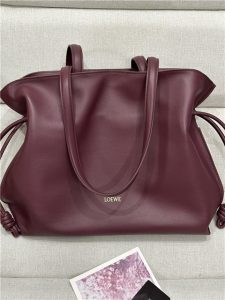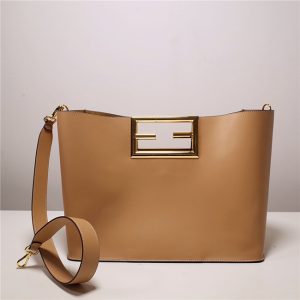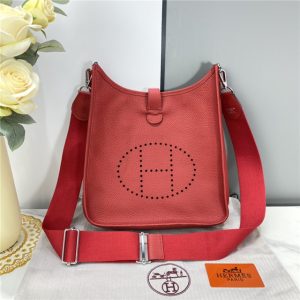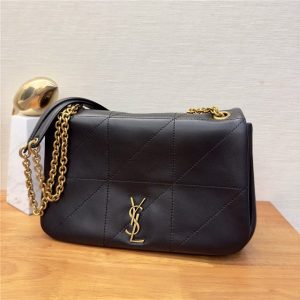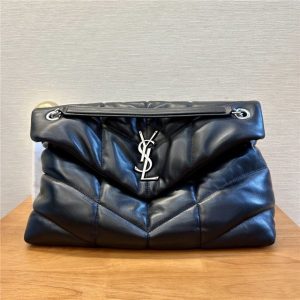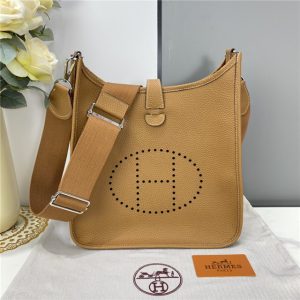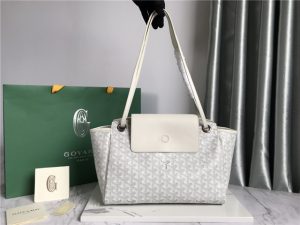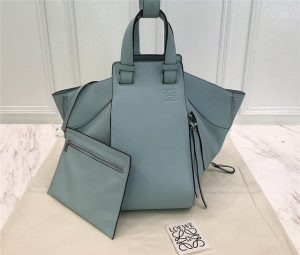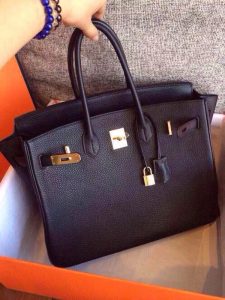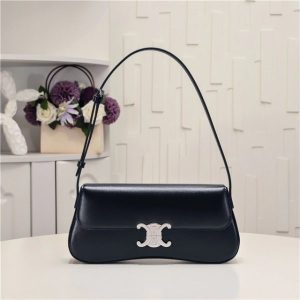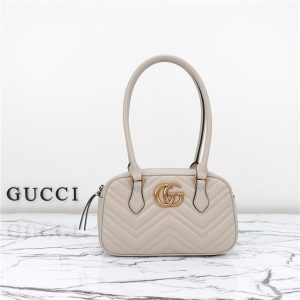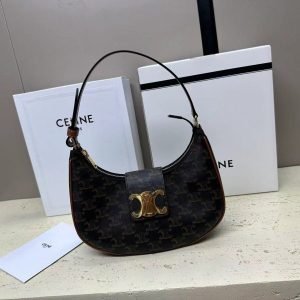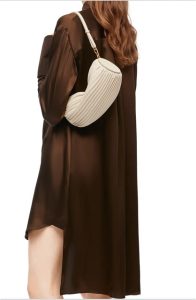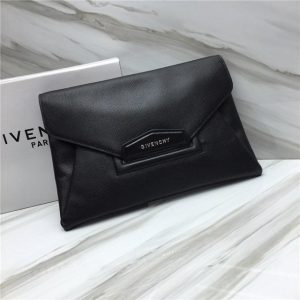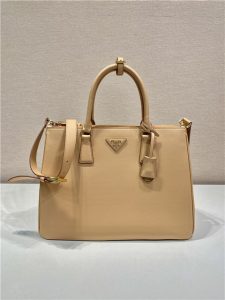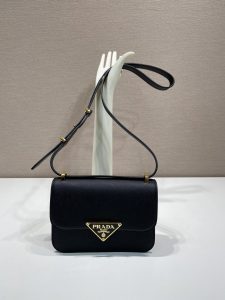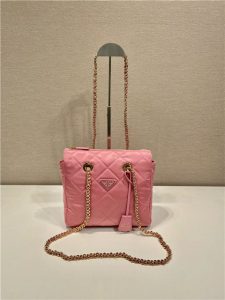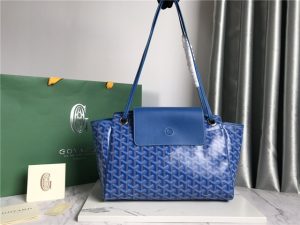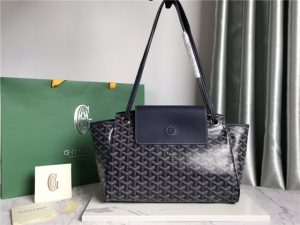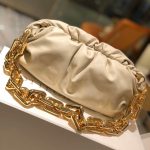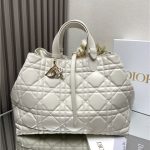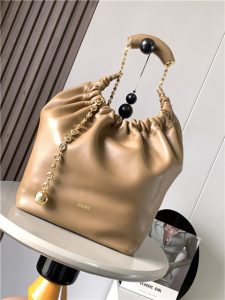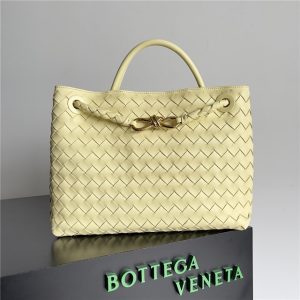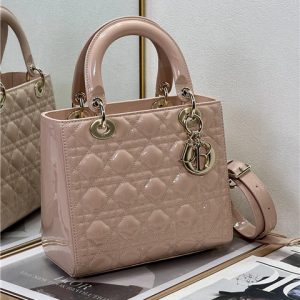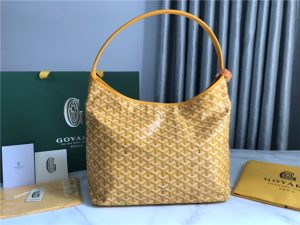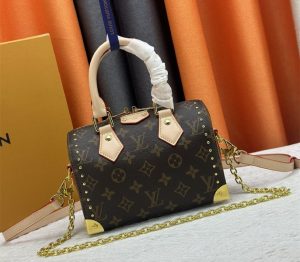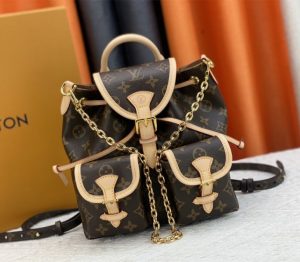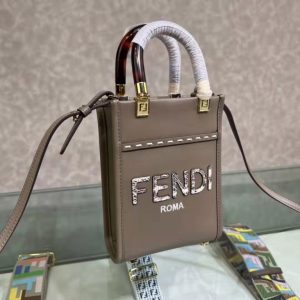Look, Rolex is like, *the* most faked watch brand. Makes sense, really. Everyone wants one, and some shady characters figure they can make a quick buck. Why are fakes so cheap? Well, Rolex spends a fortune on research, materials, and generally being awesome. The fakers? Not so much. They cut corners EVERYWHERE.
So, how do you avoid getting burned? It’s not foolproof, but here are some pointers, kinda random but hey, it’s better than nothing:
* The Second Hand: This is a biggie. A real Rolex second hand moves smoothly. Like, *smoothly*. Fakes often have a jerky, tick-tick-tick motion. It’s a dead giveaway. (Unless the faker is really, REALLY good, which sometimes they are, ugh)
* Engravings: Real Rolexes have crisp, precise engravings. Fakes? Not so much. They can be blurry, uneven, or just plain wrong. Grab a magnifying glass and take a close look. The model number and serial number should be super clear. And if you see a DATEJUST with serial number F714983? Run! Apparently, those are known fakes.
* The Rolex Logo: Okay, this seems obvious, but really scrutinize that crown logo. Is it the right shape? Is it centered? Are the points sharp? Fakers often mess this up. It’s surprising, but true!
* The “Feel”: Honestly, a real Rolex *feels* different. It’s heavy, solid, and well-made. A fake often feels light and cheap. But this is hard to judge unless you’ve handled a real one before.
* The Price: If it seems too good to be true, it probably is. Rolexes are expensive. Period. If you’re seeing a “Rolex” for, like, $200 on the beach, it’s 100% fake. No question.
* Trust Your Gut: Seriously. If something feels off, walk away. Don’t let anyone pressure you.
* Buy from a Reputable Source: This is the best advice, really. Go to an authorized dealer or a trusted reseller. Yeah, it’ll cost more, but you’ll have peace of mind.
Here’s the thing: some fakes are *incredibly* convincing. Like, even experts can have trouble spotting them. It’s a cat-and-mouse game, and the fakers are always getting better.

